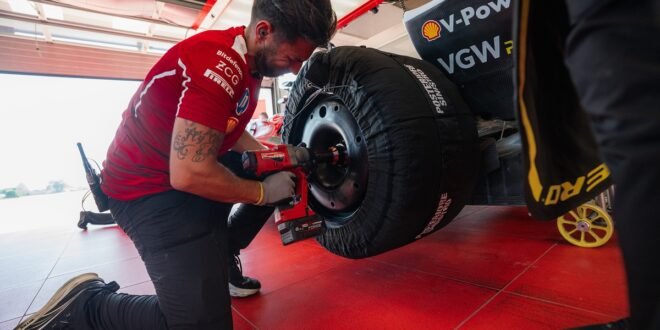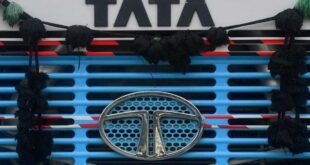The 2026 Revolution in Formula 1: A New Era for Tyres
The upcoming 2026 season in Formula 1 is set to bring significant changes beyond just the cars and engines. One of the most critical elements that will undergo transformation is the tyres, a vital component in modern racing. This evolution is not only about performance but also about adapting to new regulations and technological advancements.
Initially, the FIA had considered switching to 16-inch tyres for 2026 as a way to reduce weight. However, Pirelli, the sole tyre supplier, opposed this move due to concerns about road relevance and practicality. As a result, F1 will continue using 18-inch tyres, but they will be narrower and slightly smaller in diameter. These modifications are expected to contribute to weight savings, even though the overall size remains unchanged.
Mule Cars and the Challenges of Development
Developing the new 2026 tyres is a complex process, as Pirelli cannot test them on actual 2026-spec cars. Instead, they rely on “mule cars” – modified versions of current vehicles that simulate the characteristics of next year’s machinery. While these mule cars provide some insight, they are not fully representative of the 2026 cars, making the development process more challenging.
Mario Isola, head of Pirelli Motorsport, acknowledges the limitations of this approach. He explains that the mule cars are based on current regulations and may not accurately reflect the aerodynamic and downforce levels of the 2026 cars. “We estimate that the downforce they are generating is higher compared to what we’ll have next year,” he says. This discrepancy complicates the task of creating a balanced range of tyre compounds.
Despite these challenges, Isola expresses optimism based on past experiences. He recalls the successful development of the 18-inch tyres in 2021, which worked well in 2022. “During the first year with the new cars, we didn’t find any major changes that were needed on the tyres,” he notes. However, he also expects some fine-tuning in 2027 once teams have a better understanding of the new regulations.
A Calculated Guess Based on Multiple Factors
Pirelli must make a calculated guess when developing the 2026 tyres, relying on various parameters and sources of information. While mule cars are one part of the equation, they cannot serve as an absolute benchmark. Isola highlights the importance of cross-referencing data from track testing, team simulations, virtual models, and thermomechanical models of the tyres.
“We need to cross all the information that is coming from the track with simulations from the teams, what their simulators say about 2026, our virtual model and a thermomechanical model of the tyres,” he explains. This multi-faceted approach involves collaboration across different departments, including R&D, testing, and materials.
Isola also points out that there are differences between the mule cars prepared by each team. “Each team is preparing a mule car in a different way,” he says. This variation makes it essential for Pirelli to work with all teams to gain a comprehensive understanding of the testing environment.
Adjustments for Simulating 2026 Conditions
To simulate the reduced downforce levels of 2026, teams adjust their cars by running significantly less wing than usual. However, this is not the only modification. “No, it’s not just about the wings,” Isola clarifies. “Because they have to change the ride height as well, given the new tyres are lower in diameter.”
These adjustments are allowed by the FIA and help provide Pirelli with more accurate data. Despite these efforts, Isola acknowledges that there are still differences across the mule cars. “It’s useful for us to test with all the teams to get a complete picture and also to get a good idea about the differences across all mule cars,” he adds.
Testing and Future Plans
Testing of the 2026 tyres will continue in the coming months, with sessions scheduled at the Hungaroring on 5-6 August, followed by additional tests in Monza, Mugello, and Mexico City. These events will provide further insights into the performance of the new tyres and help refine the final product.
As the 2026 season approaches, Pirelli remains confident in its ability to deliver a well-balanced and effective tyre solution. “Overall, we’re quite happy with the progress, and we believe that we can have a well-balanced product in 2026,” Isola concludes. The collaboration between Pirelli, the teams, and the FIA will play a crucial role in ensuring that the new tyres meet the demands of the upcoming season.
 Info Malang Raya Its All About World News
Info Malang Raya Its All About World News



